It may trail the leaders, Toyota and Hyundai, in the compact crossover market, but Hyundai is determined to give them chase and, based on the updated 2025 Tucson, the competitors need to be looking over their shoulders. Headlight.News spent time checking out the Korean CUV and files this review.
It’s one of the U.S. automotive market’s biggest segments – and one of the most competitive. For years, the Toyota RAV4 and Honda CR-V have taken down all comers. But Hyundai is determined to challenge both of its Japanese competitors.
Sales of the Korean carmaker’s compact alternative have grown more than fourfold over the past decade and it’s confident it will continue to close the gap with the updated 2025 Hyundai Tucson.
After spending time testing out several different versions of the CUV along the central California coast it’s easy to see why. Here’s what we found.
What’s New
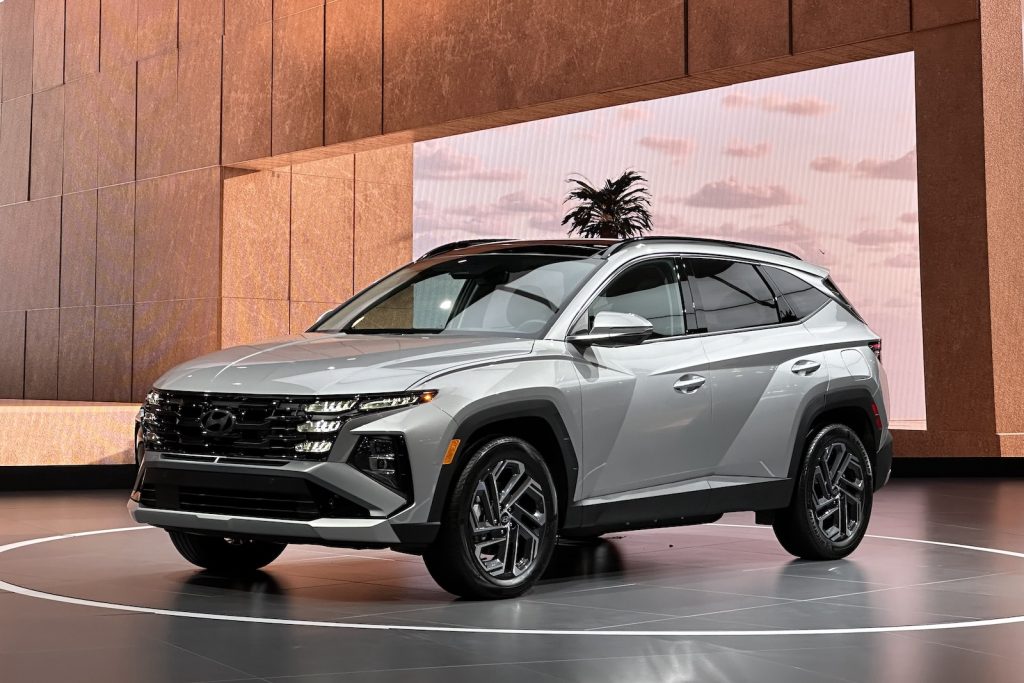
The 2025 Tucson’s most notable exterior changes can be spotted with the updated “Parametric Dynamics” grille and headlights.
Four years after launching its fourth-generation Tucson, Hyundai is giving the 2025 model what, in auto industry lingo is often called a “major minor” update. These mid-cycle tweaks are the industry norm, though they’re usually limited to a handful of plastic exterior pieces. There’s a lot more going on with Hyundai’s refreshed CUV.
From a design standpoint the changes are modest, the 2025 Tucson retaining its distinctive “Parametric Dynamics” language. There’s a more aggressive grille and tweaks to the stacked lighting that makes it easy to spot the SUV, day or night. The goal, said design chief Brad Arnold, was to create a “lot more tough appearance.”
Individual trims get different updates, notably including the more rugged XRT package I’ll return to later.

All versions of the 2025 Hyundai Tucson now feature a 12.3-inch touchscreen. Upper trims get a curved twin display.
There are more obvious updates inside the cabin where even base packages now get a 12.3-inch touchscreen – though they retain a traditional, analogue gauge cluster. N-Line and Limited models get a fully digital curved screen with matching 12.3-inch displays under glass. This is optional on SEL models.
Another welcome update: more conventional controls located below the touchscreen to handle climate duties, with toggles to select infotainment functions and twin knobs for volume and tuning. As the curved screen display underscores, much of what’s new or updated on the 2025 Hyundai Tucson falls into the tech category – no surprise for new vehicles these days.
Safety & Technology
The SUV adopts Hyundai’s latest smartphone-as-key software, for one thing. And there’s an optional fingerprint detector that also can be used to start the vehicle. All versions of the SUV now come standard with wireless Apple CarPlay and Android Auto. There are more USB ports and, depending upon trim and option packages, a wireless smartphone charger.
Tucson comes with a free subscription to the automaker’s connectivity services. Over-the-air updates, meanwhile, will allow remote updating of onboard software, including the ability to add more apps and features in the future.
The 2025 Hyundai Tucson continues to broaden its range of safety and advanced driver assistance system, the Hyundai SmartSense suite. Standard features include forward collision warning and automated emergency braking with pedestrian detection, as well as lane departure warning with lane-keeping assist. Options depend on trim and include lane-centering and adaptive cruise control.
New for 2025: an infrared attention monitoring system that scans a motorist’s face to ensure they’re keeping eyes on the road. If the system senses the driver is getting drowsy it will display an alert on the instrument panel. If the driver becomes unresponsive, Tucson will automatically slow and then stop, trigger the hazard lights and use its connected car system to call for emergency assistance.
Parents also will appreciate the optional rear seat detection system which uses a radar monitor so sensitive it can detect the breathing of a newborn under a blanket.
More Hyundai News
- Hyundai May Build Version of the N Vision 74 Concept After All
- 2025 Hyundai Ioniq XRT Gives EV Some Off-Road Chops
- 3-Row Ioniq Seven Concept Will Debut in Production Form as Ioniq 9
Powertrain
One reason the Hyundai Tucson has gained traction over the past decade is the addition of what are now three distinct powertrain options:
A 2.5-liter naturally aspirated four-cylinder engine making 187 horsepower and 178 pound-ft of torque is paired with an 8-speed automatic and delivers 24 mpg city, 29 highway and 26 combined.
A conventional hybrid mates a 1.6-liter turbo-four with a single electric motor to deliver 231 hp – up 5 from last year — and 258 lb-ft. Fuel economy jumps to 35 mpg in all three categories;
A plug-in hybrid that’s the most powerful – and energy efficient – choice. It jumps to 261 hp – 77 more than the base turbo-four — though torque holds at 258 lb-ft. The difference from the base hybrid is a bigger, 13.8 kWh lithium-ion battery that yields an 80 MPGe rating – and up to 33 miles in all-electric mode.
Driving impressions, Part I
During my time out near Santa Barbara I had time behind the wheel of two different versions of the 2025 Hyundai Tucson. I started out on a brisk, late summer morning with the conventional hybrid package. Making 44 more horsepower and 66 pound-feet of torque over the standard turbo-four, the hybrid is a pleasant surprise, delivering not just nearly 50% better fuel economy but a much-improved launch feel.
The overall ride is quiet and confident, Tucson’s suspension sucking up most bumps – and holding steady, even through aggressive corners. Steering is precise and provides good feedback to the driver. You might be forgiven for driving it more like a sedan than a compact SUV.
Hyundai has done a good job of reducing wind noise, especially on up-trim models. There’s a modest amount of road noise with the standard all-season tires, though not as much as with the taller all-terrain rubbed on the Tucson XRT I drove next.
Driving impressions, Part II

The Tucson XRT is more soft-roader than off-roader. It will handle modest trail duties but don’t take it to Moab.
Later in the day I had the opportunity to swap into the 2025 Hyundai Tucson XRT.
XRT gets more grippy tires, additional protective cladding, a unique grille and the requisite front tow hooks. But don’t expect to show up at Moab set to tackle the Hell’s Revenge Trail. Hyundai calls it “outdoors oriented.” That’s a fancy way of saying off-road light.
The trail I drove was mostly rough dirt and hardscrabble, with the occasionally rut and loose sand – and the XRT package handled it with aplomb. I could imagine taking it out to a rustic cottage by a lake or on a trail that requiring a bit more work. But XRT is not a full-on off-roader.
Ironically, it doesn’t get the added ride height and underbody protection some other Hyundai XRT packages get – including the new version of the all-electric Ioniq 5 being added for 2025. I’d love to see Hyundai take that step in the future.
Wrap-Up
I found a few things to gripe about with the 2025 Hyundai Tucson – starting with the hope Hyundai will deliver a more rugged version of the XRT with the crossover’s next makeover. I’d like a bit more power in the base engine. And I wish the big battery pack used for the plug-in hybrid drivetrain didn’t cut into cargo space.
Yet, add these things up and they barely dent my overall feel for the updated Tucson. It’s one of the most handsome products in its segment, as well as one of the roomiest.
And it delivers plenty for the money. The 2025 Hyundai Tucson starts at $29,750 and pushes to $41,190 for the various gas and conventional hybrid models. The PHEV will take you a bit up-market, with a fully loaded price tag closer to $48,000. Add $1,395 in delivery fees to all those numbers.
At the moment, Tucson ranks just sixth in the highly competitive compact CUV segment. No surprise considering the two best-sellers are the Toyota RAV4 and Honda CR-V. That said, Hyundai’s entry has more than quadrupled sales over the past decade. And the automaker is confident that this mid-cycle update will continue that momentum. After spending time in the 2025 Hyundai Tucson, I can see why.



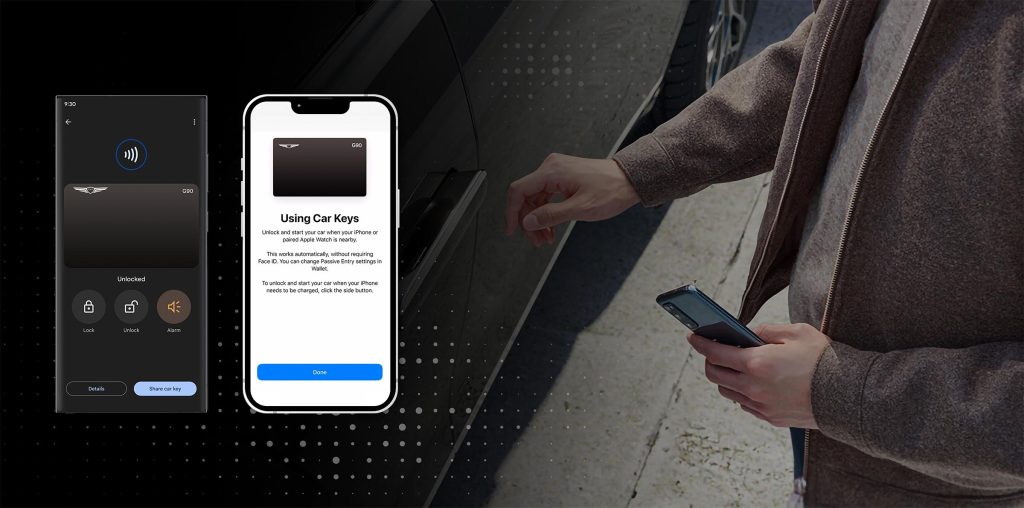
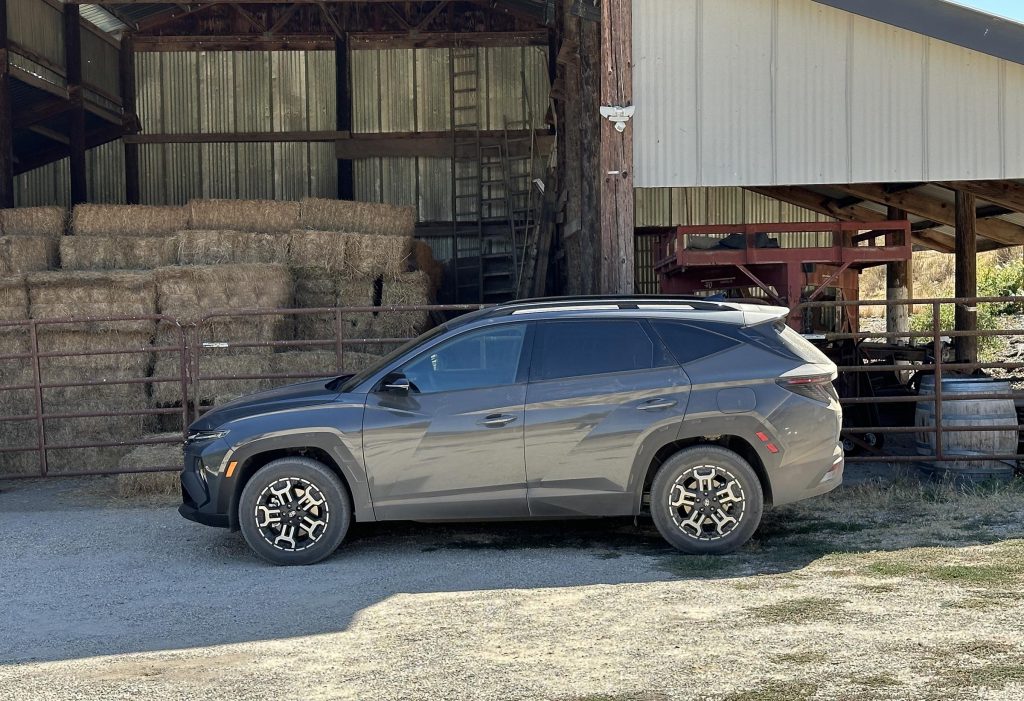


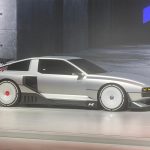
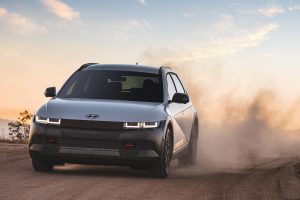

0 Comments